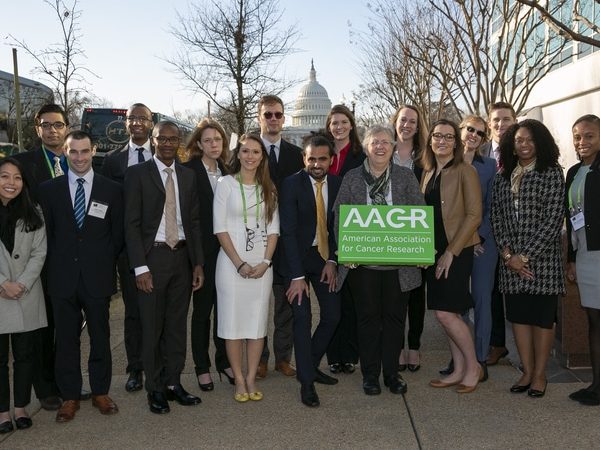Childhood Liver Cancer

Liver cancer is rare in children and adolescents. There are two main types of childhood liver cancer – hepatoblastoma, a type of liver cancer that usually does not spread outside the liver and usually affects children younger than 3 years of age and hepatocellular carcinoma, a type of liver cancer that often spreads to other places in the body and usually affects older children and teenagers.
Epithelioid hemangioendothelioma is a rare cancer of the blood vessels that occurs in the liver and other organs. See the Epithelioid hemangioendothelioma section in the PDQ summary on Childhood Soft Tissue Sarcoma Treatment for more information.
Certain diseases and disorders can increase the risk of developing childhood liver cancer. Risk factors for hepatoblastoma include:
- Having Aicardi syndrome.
- Having familial adenomatous polyposis (FAP).
- Having Beckwith-Wiedemann syndrome.
- Having hemihyperplasia (a condition in which one side of the body or a part of one side grows faster than the other).
- Having a very low weight at birth.
Risk factors for hepatocellular carcinoma include:
- Being male.
- Having the hepatitis B virus that was passed from mother to child at birth.
- Certain genetic changes linked with childhood hepatocellular carcinoma.
- Having one of the following conditions:
- Biliary cirrhosis.
- Alagille syndrome.
- Glycogen storage disease.
- Progressive familial intrahepatic disease.
- Tyrosinemia.
Source: National Cancer Institute



